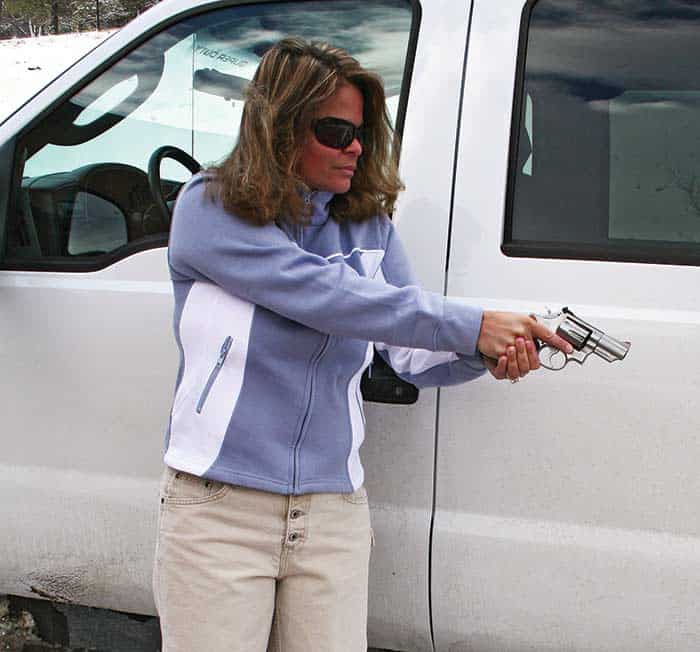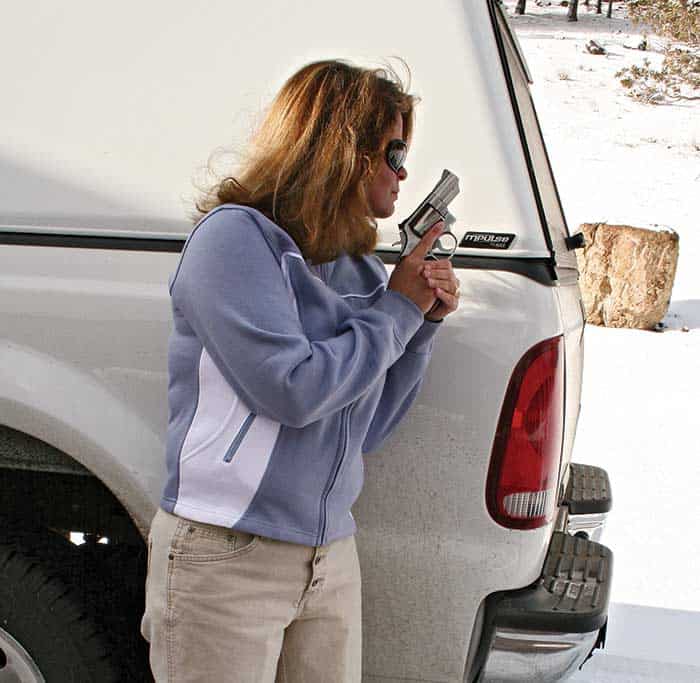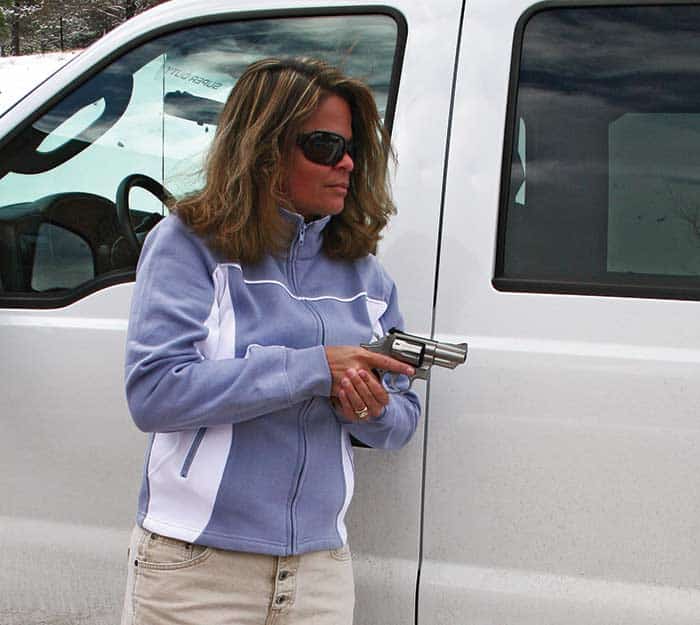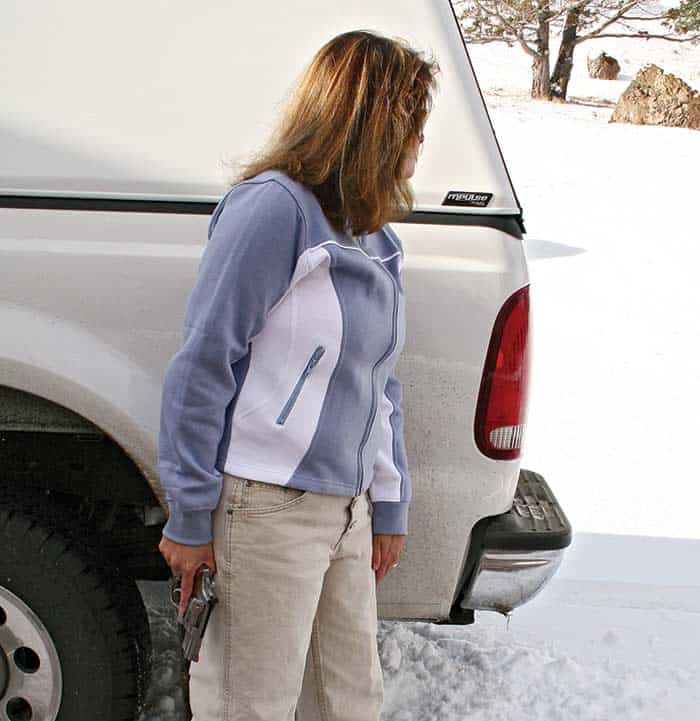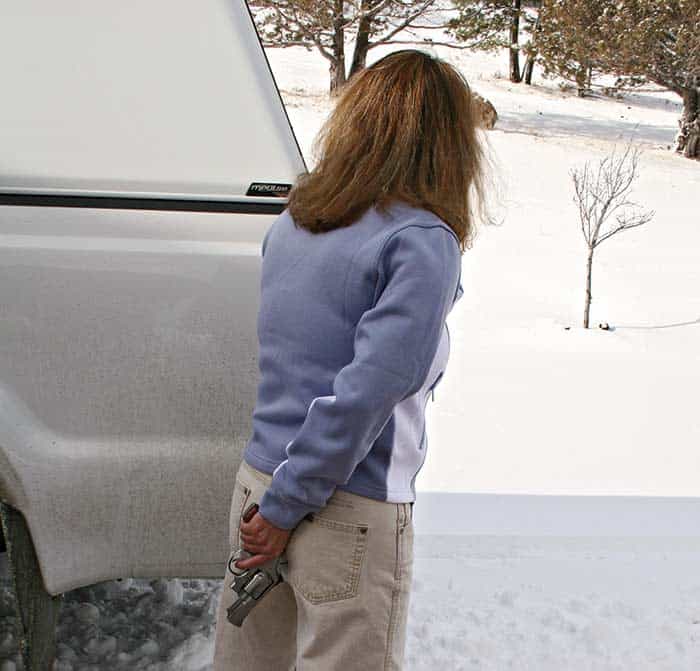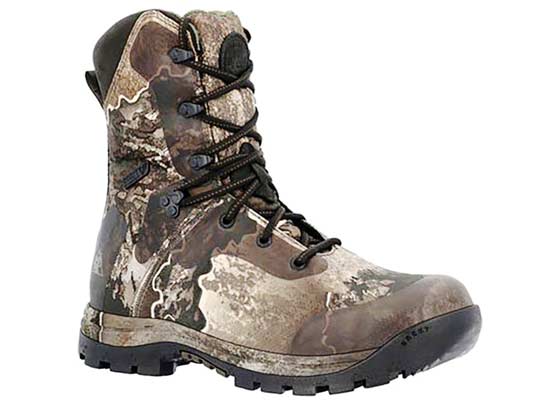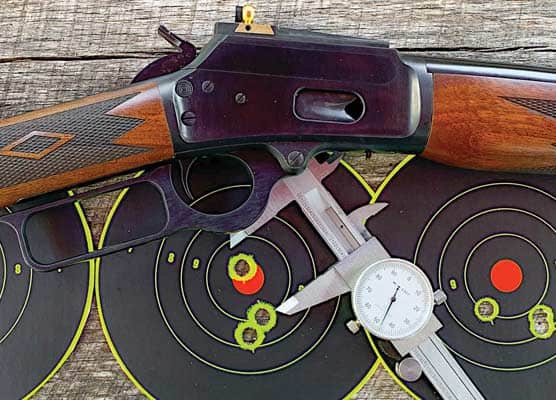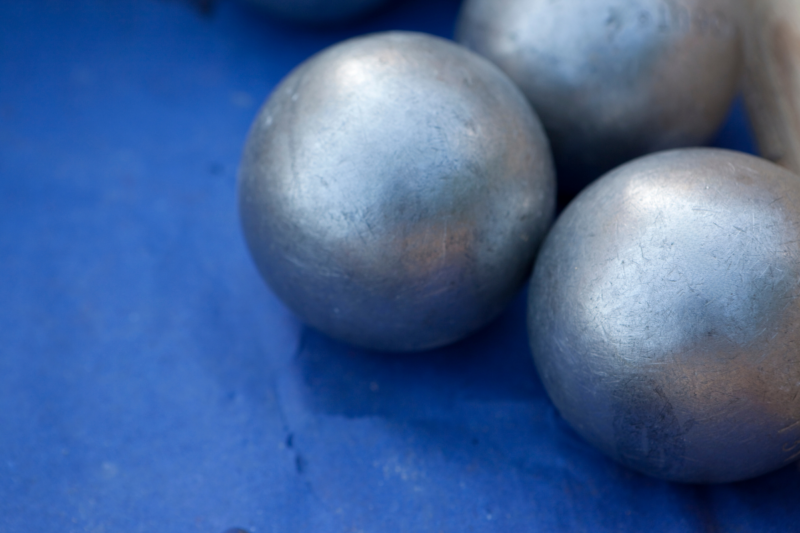Ready ... Or Not?
One of the issues we often have in training new people in the use of firearms — and especially handguns — is what I refer to as the MIT mode, named for the famous Massachusetts Institute of Technology.
Simply explained, it is the over engineering of technique(s) to solve a theoretical problem the student thinks might exist in their theoretical gunfight. One of the major issues over engineered is where to have the gun should there be, or there be a potential for there to be, a fight. This placement in general terms is called a ready position.
One thing I am sure of is a ready technique is a defensive posture. Historically ready positions have been based on techniques such as those listed below.
Low Ready Or Guard
This position would generally be described as having a firing type position with the arms and muzzle depressed down at about a 45-degree angle. Based on the distance to the threat, the muzzle may be higher. Your eyes should be able to see over the top of the extended weapon. Then, applied to the environment it is being used in (as an example: going up stairs), one may be better served having the muzzle up towards where the potential threat may be located. Going down a flight of stairs to a basement, the muzzle is better placed by having it down. The angle and muzzle placement is determined by the environment you are fighting in. Logic dictates you not lead the muzzle around or into an area you have not cleared. This is the most serviceable of all ready techniques.
Position Hollywood
Is with the elbows bent and the muzzle pointed upwards which places it near and or around your face and head. This concept/technique is pretty silly because your arms are ergonomically designed to lift up not press down. It has the potential to obstruct your line of sight to threat areas. If you had to fight a contact threat, I do not think I would want the gun near my head or face. This is a really good example of how not to use a handgun.
Chest
I have seen a few folks, especially competition trained or oriented people, use this technique. It is best explained as being about like position three of the five-count draw of the Modern Technique of pistol shooting. The position has both hands on the pistol with the forearms contacting the trunk of the body. The whole arm and hand platform is retracted inwards towards the body. Salesmen of this technique usually promote the idea that if your gun is susceptible to loss — like in a crowd — it is good way to protect the gun.
If there is a crowd and you have to shoot one of the turds, the crowd will disperse, if they don’t, shoot more, if they do disperse — happy meal. If you do shoot in a crowd a consideration could be: Why are you in a crowd, followed by what is the backstop if you shoot, followed by why don’t you leave as soon as you can?
I don’t get this technique and no one who has used it in class could explain a logical reason why they did. Yes, I know it is used as part of a drawing stroke to drive the gun towards to target, or to help point the gun. Then again, if you had a target, why wasn’t the muzzle on it to start with?
Sul
Sul’s biggest enemy is the misrepresentation of what it is, what it is used for, and then the old when, where, why and by who format. The inventors — or better stated — the documenters and teachers of Sul — used and promoted it in environments where guys had guns, no holsters and were moving around each other, all individually not bad things, but when heaped together, could create a dangerous situation. A proper Sul has the muzzle depressed down but not pointing at anyone, including the holder of the gun. In close environments it is properly used to move around other close people without covering anyone. Although it sounds sarcastic, it is not my intent when I say it could be best applied while fighting in a phone booth. That said, I don’t specifically mean phone booth, I mean phone booth-like close, compressed environments.
Sul is useful and has a place in a fight when applied by smart, competent trained-up gun people, not a “weekend warrior shoot my gun 100 rounds a year tactical wannabe.”
Covert
This ready position is having the gun drawn, arm extended and held slightly behind the leading edge of the body so the gun is not visually exposed to possible threats. In my short 10 years in law enforcement, I saw it used many times by many officers. A few years ago somebody named it “Covert Ready” so there we go! The idea was to have the gun ready to go but not necessarily project
the gun to possible threats.
Officers approaching suspicious vehicles or hostile non-compliant threats have used this for decades and we simply called it the “I’m ascared mode.” So a couple of points. The gun is in your hand and it’s even better if it is not pointed at your leg and if your trigger finger is kept off the trigger. When in the “ascared” mode, sometimes your finger is faster than your bringing the gun up on target, which can create the blood stripe of Chapultepec down your pants leg. In today’s world who, what, where, when and why this technique is used might be considered as: “non-visible hands make everyone I know or care to hang out with a bit nervous.” So it might have a place if understood and used correctly. Then again, if your “ascared” enough to draw the gun in the first place, might it not be good to get the muzzle pointed between you and what you’re so “ascared” of to start with?
Rectum
Although somebody somewhere will be offended (of which I am sure), I had to include this position. I mean we covered all the rest so we might as well cover having the gun drawn and placed behind you in the area of your butt crack. I have seen people bring the gun behind the trunk of their body and near their butt cheeks and, to make matters worse, often their finger is on the trigger. I could go on, but by now you get the point. If you think “the leg blood stripe thing” is bad, this is even worse. Having seen a few people shot in the butt, which in and of itself sounds funny, trust me it is far from being funny. This technique falls under the category of “a wonderful theory mugged by a gang of facts.” I think it’s a bad idea.
In reality a proper ready should be based on the potential location of the threat and of course applying simple logic like not leading with the muzzle around an unclear corner or doorway. In ready, the eyes should be above the muzzle so the eyes can “learn” what the problem is. Most of what we learn we learn with our eyes, hence the reason for not obstructing our vision. Yet logic dictates you should keep the ready muzzle as near to the threat as possible so you don’t have to “race” to get the muzzle on target if it is required. Simply stated, in my opinion, a ready position is keeping the muzzle between you and your threat so you can see the threat or their hands as well as possible.

Get More Carry Options content!
Sign up for the newsletter here:
